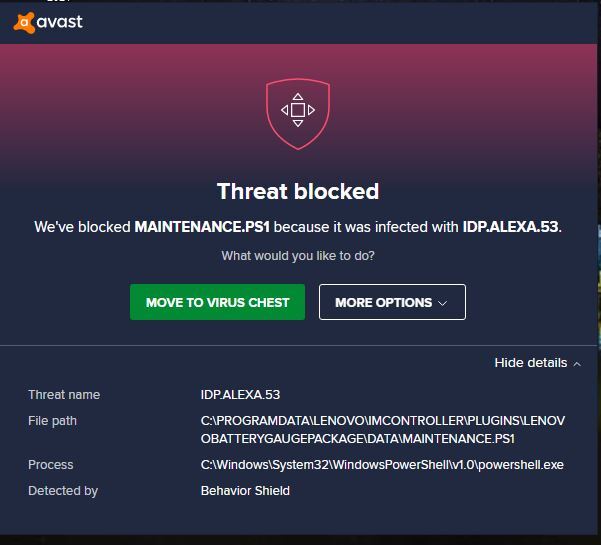

At the same time, adware won (by a landslide) its number one position as the most prevalent mobile threat. The situation on mobile was also thrilling with the new Bully Facestealer or the BrasDex banker that automates fraudulent payments. We already touched this topic in the Q3 Report, but the malware authors continued with their effort and employed techniques such as HTML smuggling, SEO poisoning, and the injection of Office templates in their latest malware campaigns. Threat actors also demonstrated their creativity when dealing with deprecation of their favorite infection vector: Office documents. Moreover, technical support scams (TSS) peaked in this quarter. Next, as Bitcoin was hitting its local lows in Q4/2022, the situation was dramatically different with malicious coinmining activity, where the Balkan states were especially heavily targeted. Similarly, there was a quadruple growth of the Arkei Stealer prevalence worldwide and triple for LimeRAT, especially in Asia and Latin America. Of a similar importance was a great hunt for Mustang Panda in Myanmar that we reported on in depth.įurthermore, we will focus on a flood of DealPly adware that took place in Brazil and Europe. Within more traditional threat topics, this report will focus on awesome discoveries of my colleagues who discovered, blocked, and responsibly disclosed two zero-days used in the wild by advanced threat actors ( CVE-2022-3723 and CVE-2023-21674).
Avast desktopok threat code#
The creation of phishing messages as well as generating simple code snippets for script-kiddies is low-hanging fruit, but it’s too early to say how the malicious uses of ChatGPT will continue in the upcoming year. No matter the tool’s inaccuracy or how many generic phrases or false things it produces, ChatGPT is already being analyzed by cybercriminals with malicious intentions. Some people have already started using it as a virtual assistant for creating short code sequences, explanation of assembly code, or even writing a paragraph in a report foreword (wink-wink).

I’m referring to the launch of ChatGPT, a chatbot developed by OpenAI.

In this report, we will take a closer look at the trends and developments that took place during Q4, providing valuable insights into the current state of cybercrime.įrom my point of view, one of the most interesting things from Q4/2022 wasn’t directly related to malware (at least for now). The threat landscape continued to evolve at a rapid pace, and individuals as well as organizations of all sizes were faced with new and increasingly sophisticated attacks. 2022 was a challenging year for cybersecurity, and its last quarter was no exception. As we’ve closed 2022 and have entered 2023, we look back at the challenges of the final quarter of last year and the many new threats and malware strains that emerged during it. Welcome to the latest edition of the Avast Threat Report, which covers Q4/2022. Zero-day attacks discovered in-the-wild, Arkei Stealer and LimeRAT boosting their presence, and continuation of pro-russian DDoS attacks Foreword


 0 kommentar(er)
0 kommentar(er)
